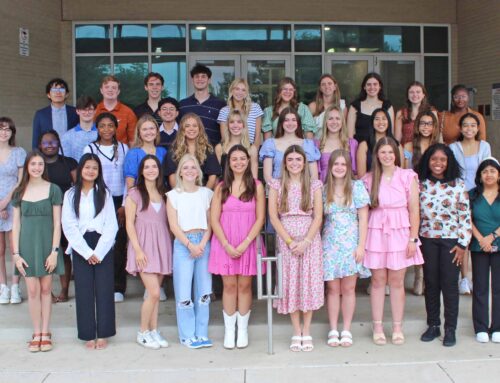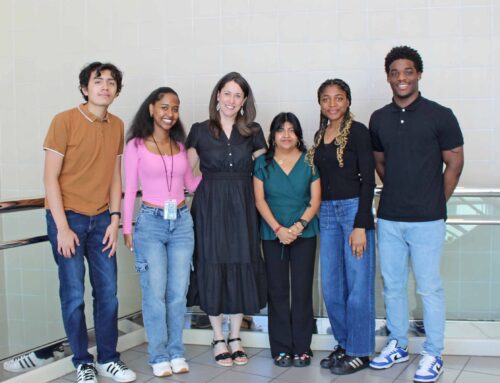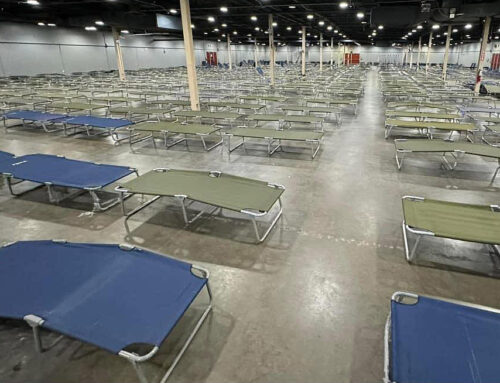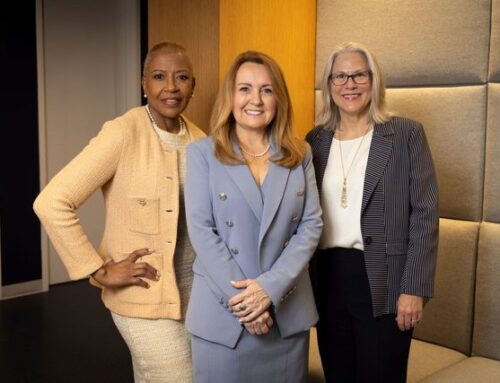The 36 members of our neighborhood’s Women’s Army Corps Veterans Association don’t take history lightly. They’ve been a part of the nation’s 20th century conflicts starting with World War II, and now they are participants in the drive to complete the first national memorial to women in the military.
When the Women in Military Service For America Memorial is dedicated at the entrance to Arlington National Cemetery in Washington, D.C., later this year, the funds raised by these neighborhood women veterans will have served their purpose. The women raised the money through membership dues and bake and garage sales.
The memorial has been a long time in coming, the women say, and some of them hope to be there this fall when it opens.
Nearly half of the members of the neighborhood chapter of the Women’s Army Corps Veterans Association volunteered to serve in the Women’s Army Auxiliary Corps (later renamed the Women’s Army Corps) during World War II. These spunky women, who 55 years ago were strong-willed and determined 20-year-olds, answered the military’s call for volunteers to help win World War II.
Some, like Jeanne Etscheid of Lake Highlands, performed two years of military service on the U.S. mainland. Others volunteered to serve at outposts in the South Pacific and elsewhere.
Etscheid, who served on bases in Iowa, Kansas City, South Dakota, Illinois and Fort Worth, taught radio code and procedure to soldiers. She also helped run a control tower at an airfield.
Ginnie Ransom was a driver. She ferried officers back and forth to training schools, drove a 1.5-ton delivery truck for a commissary in Nashville and managed a post exchange in Honolulu.
June Huber spent most of her two years in Australia, New Guinea and the Philippines with the adjutant general’s office. Although she says “I was just a typist,” she received two battle stars for her service in Manila because of the risk they took going into an area where Japanese soldiers were hiding.
At each of Huber’s postings, nearly 500 other women also were doing clerical work in makeshift surroundings. Sometimes they propped their typewriters on top of stacks of boxes or sawhorses or whatever was available, Huber says.
Huber says she volunteered partly because she wanted to see the world. Ransom went mainly to provide support for young men such as her brother serving in the Pacific.
After returning home from World War II, many of these women veterans married men who also had served in the war. They started families, went to college on the GI Bill, started careers and settled into ordinary activities.
Still, there is something about the bond of military service that draws them together and encourages them to continue supporting a cause. With the Women Army Corps Veterans Association, that cause is largely the support of fellow veterans and service to the community.
Since the chapter was formed 20 years ago, its members have given thousands of dollars and thousands of hours to the Veterans Administration Hospital in Dallas and related efforts.
In the past decade or so, group members also have kept in touch with fellow women veterans who became ill and moved into nursing homes. And more recently, they have been part of the effort to fund the women’s military memorial.
“This memorial is very important, because up until now, there really has been no memorial as such to all the women who have served in the U.S. military through the ages,” Huber says.





